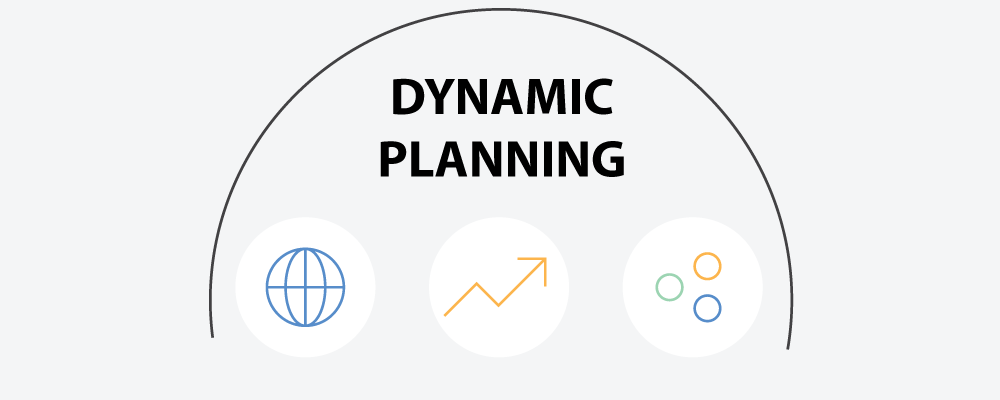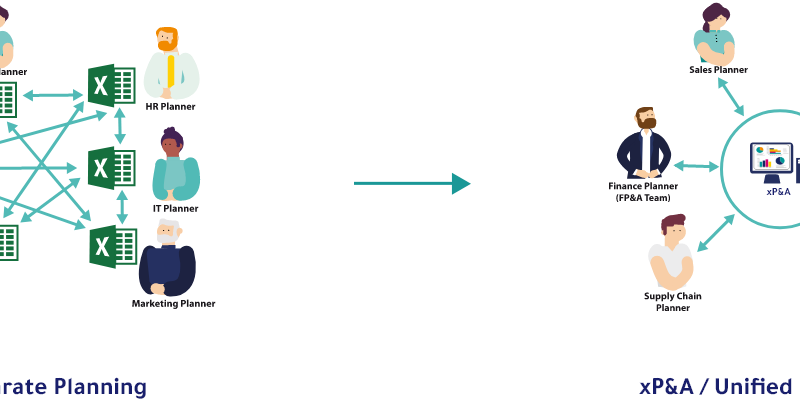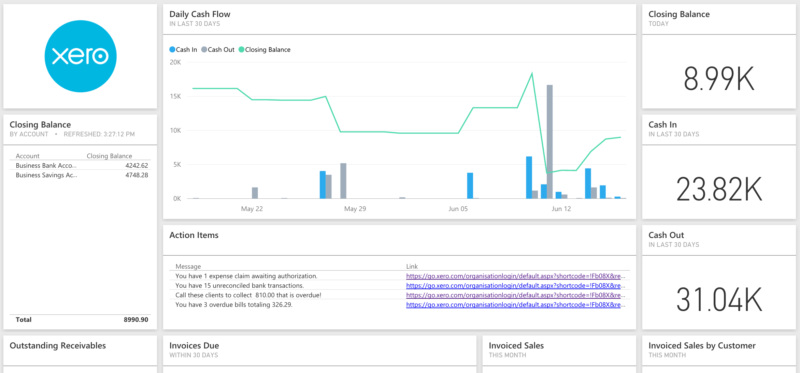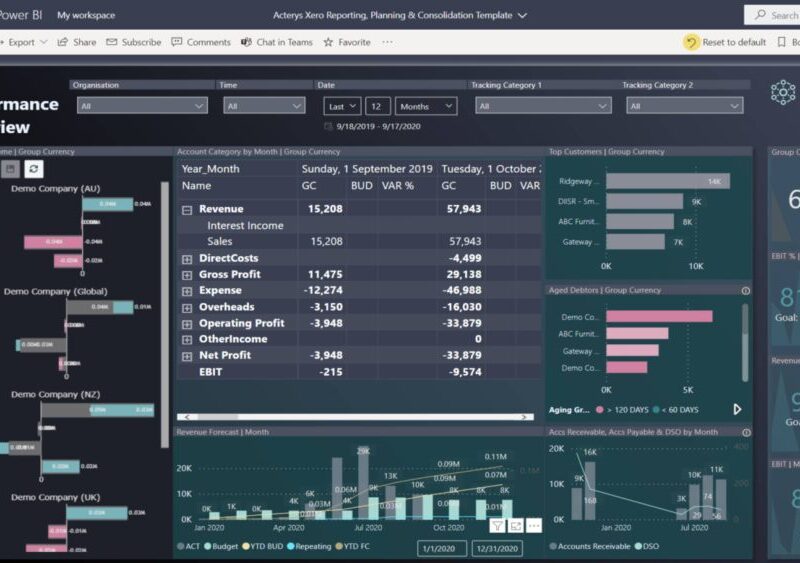
Dynamic Planning and Analysis: Stages, Process, Best Practices
Dynamic planning and analysis can be a valuable tool for businesses of all sizes. By being able to adjust plans as needed, businesses can stay ahead of the competition and respond to changes in the market quickly and effectively.
Let’s learn about this approach in detail including its importance, levels of planning in an organization, and various issues that directly impact dynamic planning and analysis.
What is Dynamic Planning and Analysis?
Dynamic Planning and Analysis is a business process that allows for the continuous re-assessment of an organization’s goals and objectives. This process helps to ensure that the organization remains agile and responsive to changes in the market or environment. It also helps to identify opportunities and threats that may impact the organization’s ability to meet its goals.
Importance of Dynamic Planning
Dynamic planning is important because it allows for changes and updates to be made to plans as needed. This flexibility is necessary in order to account for unexpected events and changes in the business environment. Without dynamic planning, businesses would be unable to adapt to new circumstances, which could lead to missed opportunities or even failure.
How Dynamic Planning Software Can Help Organizations
Dynamic planning software can help an organization by creating a plan that is constantly updated based on the changing needs of the business. This type of software can help to ensure that the organization is always working towards its goals, and that it is able to adapt quickly to any changes that may occur.
Stages of Planning in Organizations
There are three stages of dynamic planning in organizations: operational, tactical, and strategic.
Operational planning
Operational planning is concerned with the day-to-day activities of the organization and ensuring that they are carried out effectively.
Tactical planning
Tactical planning is concerned with short-term goals and objectives, and how best to achieve them.
Strategic planning
Strategic planning is concerned with long-term goals and objectives, and how best to achieve them.
Challenges of Dynamic Planning and Analysis
Dynamic planning and analysis is a complex process that can be fraught with challenges.
Dynamic Environment
The main challenge is that the environment is constantly changing, so the plan or analysis that was effective yesterday may not be effective today.
Rapid Change
Another challenge is that it can be difficult to get a clear picture of the current situation, especially if the situation is changing rapidly.
Prediction Issues
Additionally, it can be difficult to predict how changes in one part of the system will impact other parts of the system.
Planning Consensus
Finally, it can be difficult to get people to agree on a plan or to make changes to a plan once it is implemented.
Best Tips for Dynamic Planning and Analysis
Here are some of the best tips for Dynamic Planning & Analysis for any organization that wants to uplift its game.
- Set clear goals
Dynamic Planning and Analysis should be used to set clear goals and objectives for the future. It can help identify opportunities and threats, while also predicting future trends. This information can then be used to make strategic decisions that will help the organization achieve its goals.
- Minimize your outlook
Dynamic planning and analysis is a complex and ever-changing field. It is difficult to minimize the outlook for this area, as it is always evolving and changing. However, some key considerations include the need for constant training and up-to-date information, the importance of strong analytical skills, and the need to be able to work quickly and efficiently in a fast-paced environment.
- Measure what matters
Dynamic planning and analysis is a process of continuously measuring and assessing the progress of a project or business in order to make better decisions about where to allocate resources. This requires measuring what matters to the organization, which may vary depending on the stage of the business or project. Some factors that may be important early on include customer engagement, website traffic, and social media metrics. As the business matures or the project enters into its final stages, factors such as sales revenue and profit margin may take on greater importance.
- Targeted investments in infrastructure
Dynamic Planning and Analysis is a critical piece of infrastructure for any organization. By investing in this technology, an organization can improve its ability to make informed decisions, optimize resources, and respond to changes in the business environment.
- Use of Forecasting Tools for Corporate Performance Management (CPM)
Dynamic forecasting tools are used to help predict future events or trends. They do this by analyzing past data and using it to create models of how the future may play out. This can be helpful for businesses, governments, and other organizations as they can use this information to make decisions about things like production, planning, and budgeting.
One such tool that can help organizations do better analysis and forecasts is Acterys xP&A software. Organizations can use these dynamic analysis and forecasting tools to improve their decision making and see the actual results from their efforts. Irrespective of the type of planning, dynamic forecasting tools help with each and every scenario and department.
- Scenario Planning & Simulations
One of the most important aspects of dynamic planning and analysis is scenario planning. Scenario planning allows planners to explore different possible futures and develop contingency plans for each. This can help ensure that the organization is prepared for any possible eventuality. Additionally, scenario planning can help identify potential areas of risk and opportunity, which can then be addressed in the organization’s overall plan.
Ready to Get Started with Dynamic Planning and Analysis?
Dynamic planning and analysis (DP&A) is a process that helps you make better decisions by providing visibility into your business performance. DP&A takes data and information that is constantly changing and makes it actionable so you can identify trends, understand what is driving performance, and make better decisions.
If you’re ready to get started with DP&A, the first step is to identify your key performance indicators (KPIs). KPIs are metrics that measure how well your business is performing against specific goals. Once you know your KPIs, you can start tracking them and using them to make decisions about where to allocate your resources.
Get Acterys for Dynamic Planning and Forecasting
Acterys xP&A Software for Dynamic Planning and Forecasting gives you the power to predict and plan for the future with confidence. With Acterys, you can easily create dynamic forecasts and schedules that adapt to changing conditions. That means you can stay ahead of the competition, no matter what comes your way. Learn more about Acterys xP&A suite and how it can help you better analyze, plan, and forecast business data.



